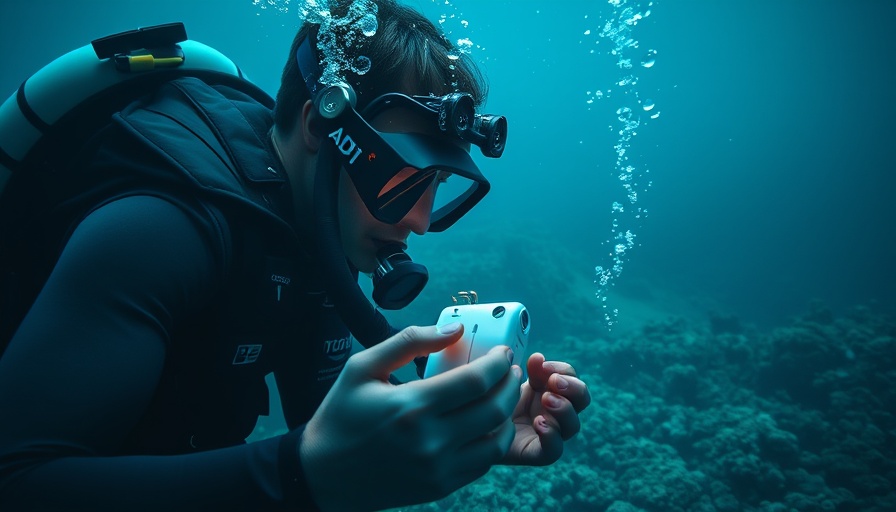
The Intersection of AI and Biodiversity Preservation
Amidst a backdrop of alarming biodiversity loss across the globe, new technology emerges as both a catalyst for conservation and a beacon of hope. As revealed in the documentary ‘AI and Biodiversity,’ scientists harness artificial intelligence and advanced techniques to unveil the hidden intricacies of marine and terrestrial ecosystems, marking a significant stride in understanding and preserving the diverse life that shares our planet.
In 'AI and biodiversity | DW Documentary', the implications of modern technology for wildlife conservation are discussed, prompting deeper analysis of its potential benefits for preserving biodiversity.
Why Understanding Hidden Biodiversity is Crucial
As we delve into the depths of our oceans and the expanses of our savannahs, the significance of uncovering hidden biodiversity becomes starkly apparent. With over 2 million species threatened and 150 lost daily due to human activity, utilizing modern technology to identify and track these species is essential. As marine biologist Alysia Dalon explores the Mediterranean using advanced DNA sampling, she exemplifies how cutting-edge tools can illuminate the complex relationships within ecosystems.
Technology at the Forefront of Conservation Efforts
From tracking endangered angel sharks to utilizing AI for real-time data analysis on migratory patterns, the documentary highlights how technology reshapes our understandings of wildlife. Projects like the 'Internet of Animals' aim to revolutionize conservation efforts by interconnecting vast datasets, from Africa to Europe, providing researchers the ability to monitor animal movements and health in real-time, thereby crafting targeted conservation strategies.
The Future of Biodiversity Conservation
With AI and big data analytical models evolving rapidly, they present a formidable edge against biodiversity loss. The 'AI and Biodiversity' documentary serves as a call to action, igniting discussions on how society can embrace these innovations for a sustainable future. From empowering local conservationists to informing global policy, the integration of technology into conservation is no longer optional—it is imperative.
Humanity stands at a crucial crossroads where the integration of technology and advocacy can either pave the way for a restorative future for our planet or lead toward a path of further destruction. As the call for biodiversity protection intensifies, we must also challenge ourselves to support and implement these technological advances in local and global conservation efforts.
 Add Row
Add Row  Add
Add 




Write A Comment